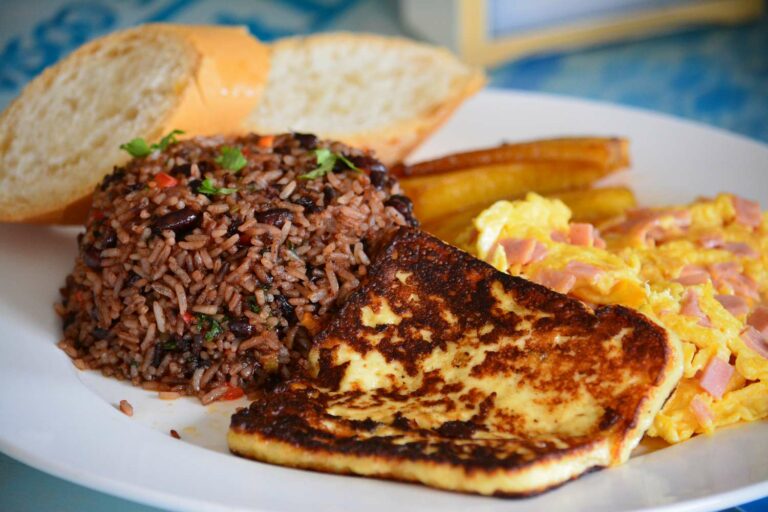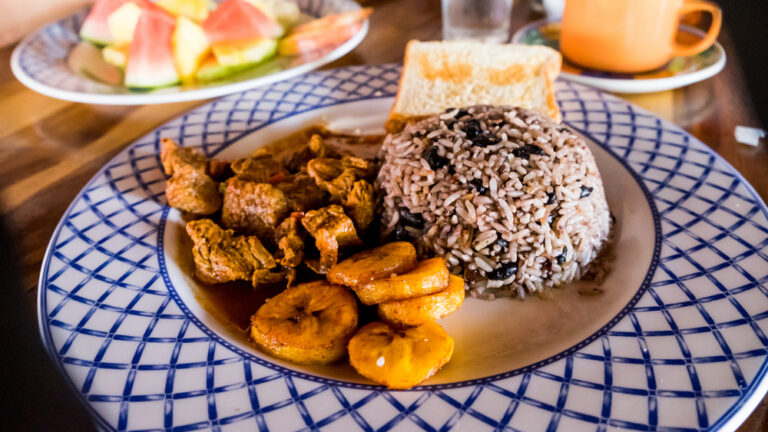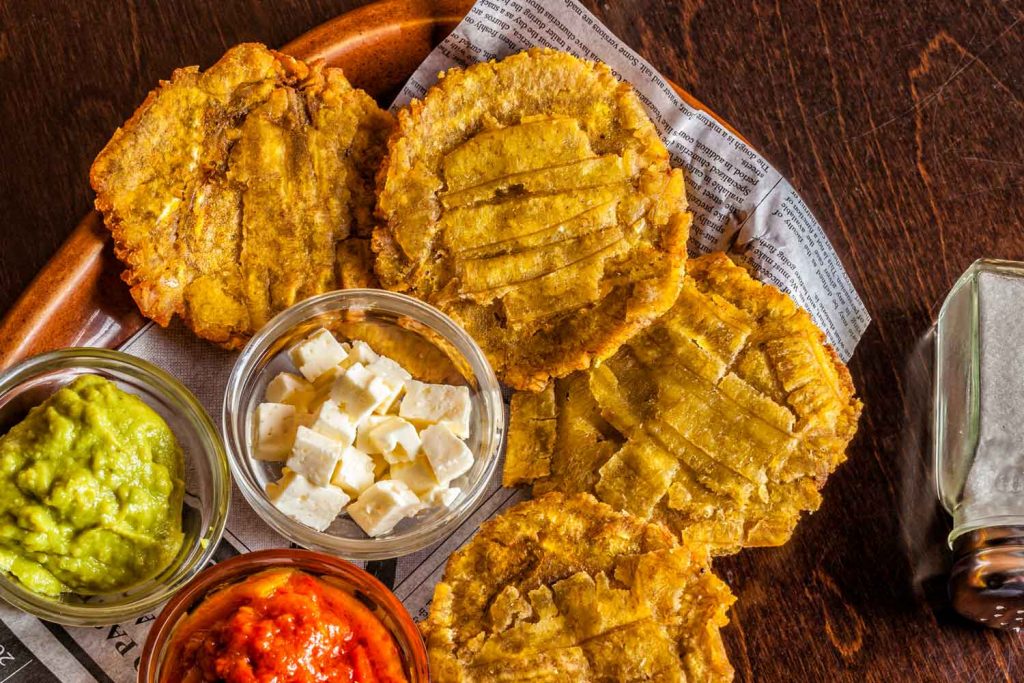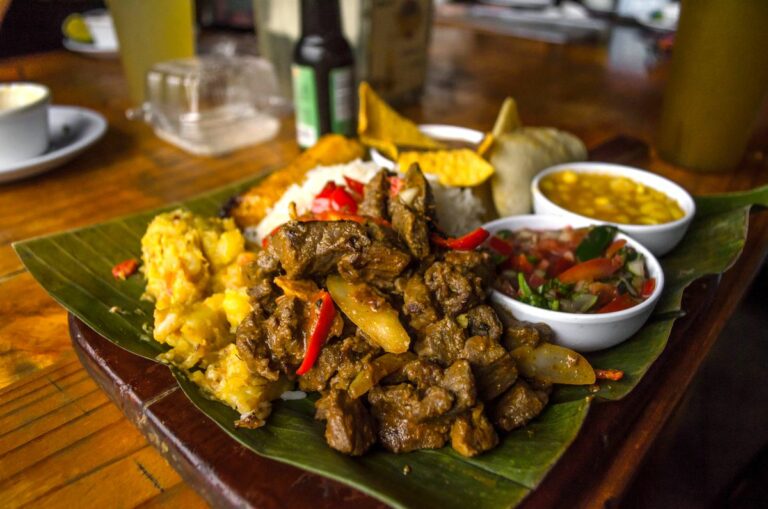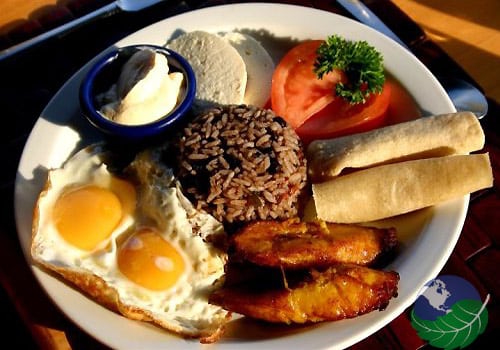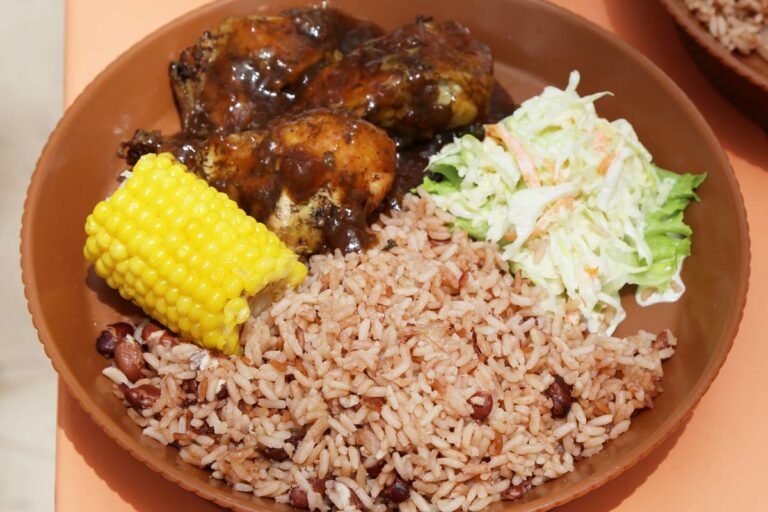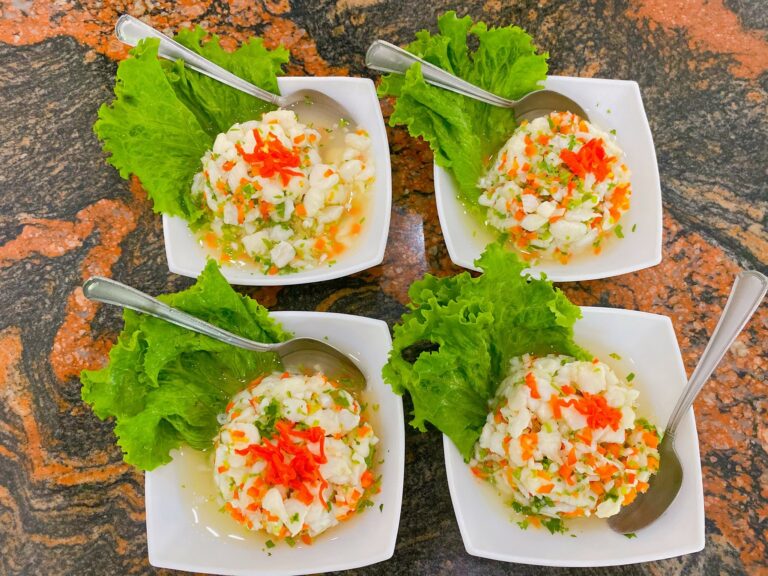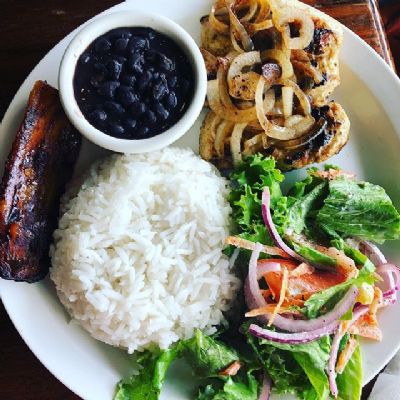Introduction: Costa Rican cuisine
Costa Rican cuisine is a blend of Spanish, Native American, and African influences. The country’s tropical climate and diverse geography have contributed to a rich culinary tradition that features fresh fruits, vegetables, seafood, and meat. Costa Ricans are known for their love of coffee, which is an essential part of their daily routine. However, there are many other unique beverages and drinks in Costa Rican cuisine that are worth exploring.
Coffee: A Costa Rican staple
Costa Rica is renowned for its high-quality coffee, which is grown in the fertile volcanic soils of the Central Valley. Coffee is an integral part of Costa Rican culture, and it is served throughout the day. Costa Ricans take pride in their coffee, and they prefer it black and strong. The coffee is often accompanied by a sweet bread or pastry, such as a bizcocho or empanada.
Horchata: A refreshing beverage
Horchata is a popular drink in Costa Rica, which is made from rice milk, cinnamon, and sugar. The refreshing beverage is perfect for the hot and humid climate of the country. Horchata has a sweet and nutty flavor, and it is often served over ice. It is a popular accompaniment to Costa Rican dishes, such as casado and gallo pinto.
Chan: A traditional fermented drink
Chan is a traditional fermented drink that is popular in the Guanacaste region of Costa Rica. It is made from cornmeal, water, and sugar and is fermented for several days. Chan has a sour and slightly alcoholic taste. It is often served with a meal or as a refreshing drink on a hot day.
Chicha: A sweet corn-based beverage
Chicha is a sweet corn-based beverage that is popular in many Latin American countries, including Costa Rica. It is made from maize, water, and sugar and is often flavored with cinnamon or other spices. Chicha has a slightly sweet and tart flavor, and it is often served in a large clay pot.
Refresco de ensalada: A unique veggie drink
Refresco de ensalada is a unique veggie drink that is popular in Costa Rica. It is made from a blend of fresh vegetables, such as carrots, beets, and celery, and is sweetened with sugar or honey. The drink is rich in vitamins and minerals and has a refreshing taste.
Guaro: A popular Costa Rican liquor
Guaro is a clear, colorless liquor that is popular in Costa Rica. It is made from sugarcane juice and is similar to rum. Guaro has a strong and slightly sweet taste and is often used in cocktails, such as the famous Costa Rican drink, the chiliguaro.
Summary: Costa Rican beverages
Costa Rican cuisine is rich in unique and refreshing beverages. From the strong and delicious coffee to the sweet and tart chicha, there is something for everyone. Whether you are looking for a refreshing drink to cool off on a hot day or a sweet and flavorful accompaniment to your meal, Costa Rican beverages are sure to delight your taste buds.

